Scania has shown it is possible to reuse parts on its assembly line, with its gearbox ‘remanufacturing’ project revealing substantial environmental savings.
The remanufactured gearbox was subject to exactly the same rigorous steps and inline quality and function tests as gearboxes that are made from entirely new parts.
It was assessed on the same test rig used for new ones, with monitoring of some 100 quality and function parameters.
The gearbox duly met all those requirements and could therefore be confirmed as being ‘as good as new’, which ensures that it meets the quality and performance standards for being installed on Scania vehicles.
As well as the remanufactured gearbox being as good as new, the actual production process showed substantial environmental advantages.
While replacement rates during gearbox remanufacturing can vary between roughly 10% to 100% depending on wear-and-tear history, this particular gearbox consumed approximately 50% less material and caused 45% fewer carbon emissions compared with gearboxes made only with new components.
“What an achievement by the project and everyone involved,” said Fredrik Nilzén, head of sustainability at Scania.
“This remanufactured gearbox is a compelling example of how the manufacturing of heavy vehicles can become more sustainable, circular and efficient, while still retaining the highest quality standards.”
Remanufacturing, which sees the reuse of old parts to create new products with as-good-as-new quality, is viewed by the automotive industry as a promising strategy for achieving climate goals and supporting the transition towards a circular economy.
It also addresses increasing resource scarcity issues.
Despite its great potential, remanufacturing in the European automotive sector is mainly confined to making spare parts for aftermarkets, which account for only 1.1% of new manufacturing, according to a report by the European Remanufacturing Network.
The wider adoption of the process requires vehicle manufacturers to integrate the remanufactured components directly into the production lines of new vehicles, rather than using them separately in sales to the aftermarket business.
It is hoped that the iReGear project, which this piece of research was part of, will help lead the way for the industry to make this shift in the efforts to create a more sustainable and cleaner transport industry.

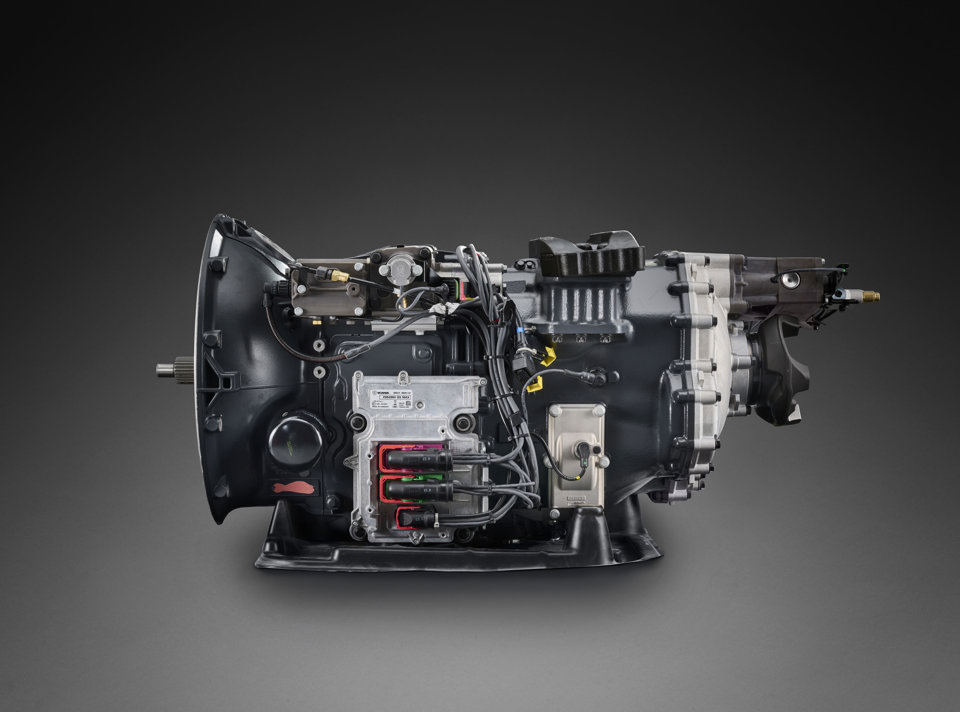

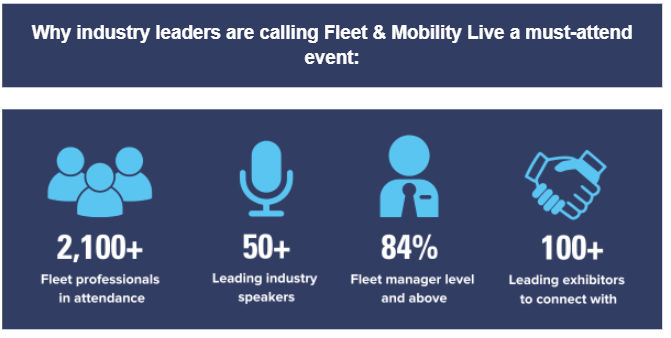



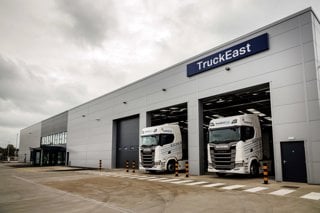
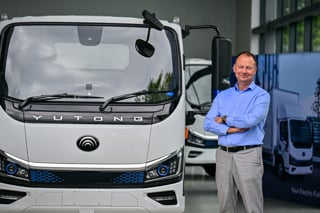
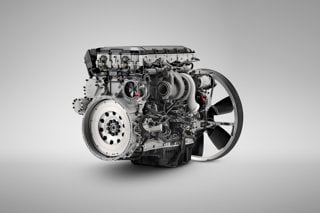














Login to comment
Comments
No comments have been made yet.